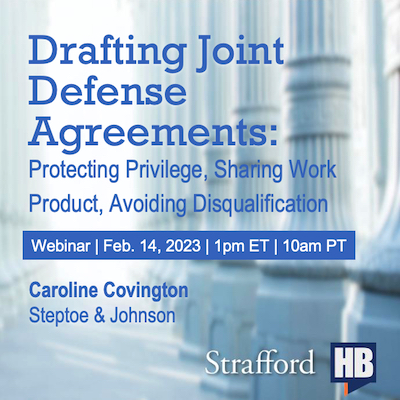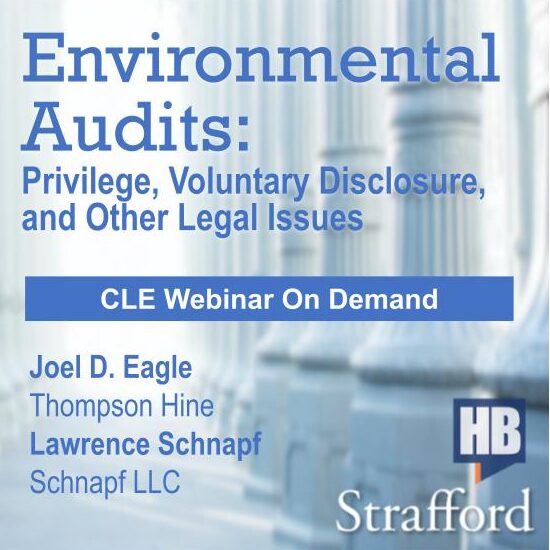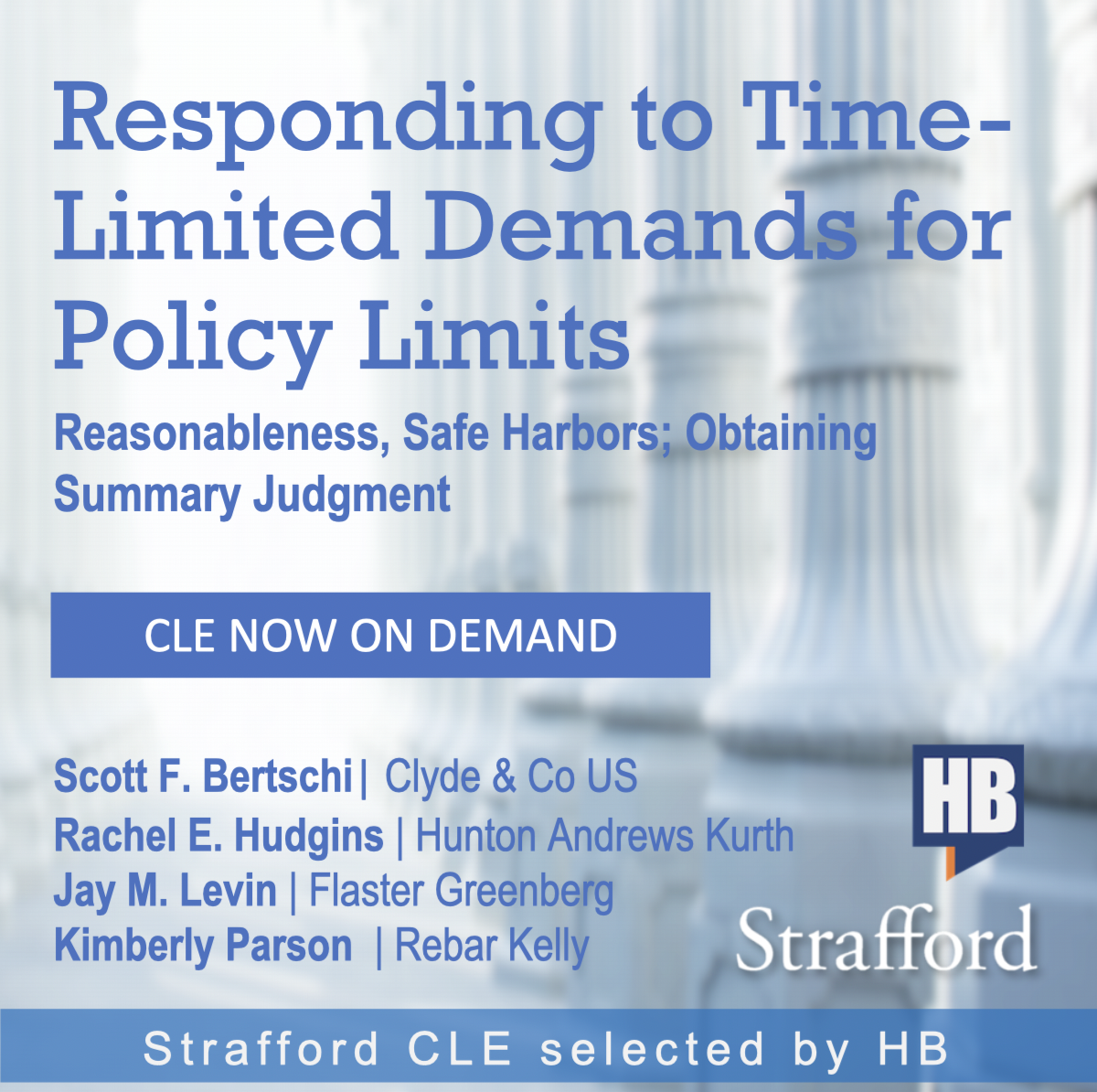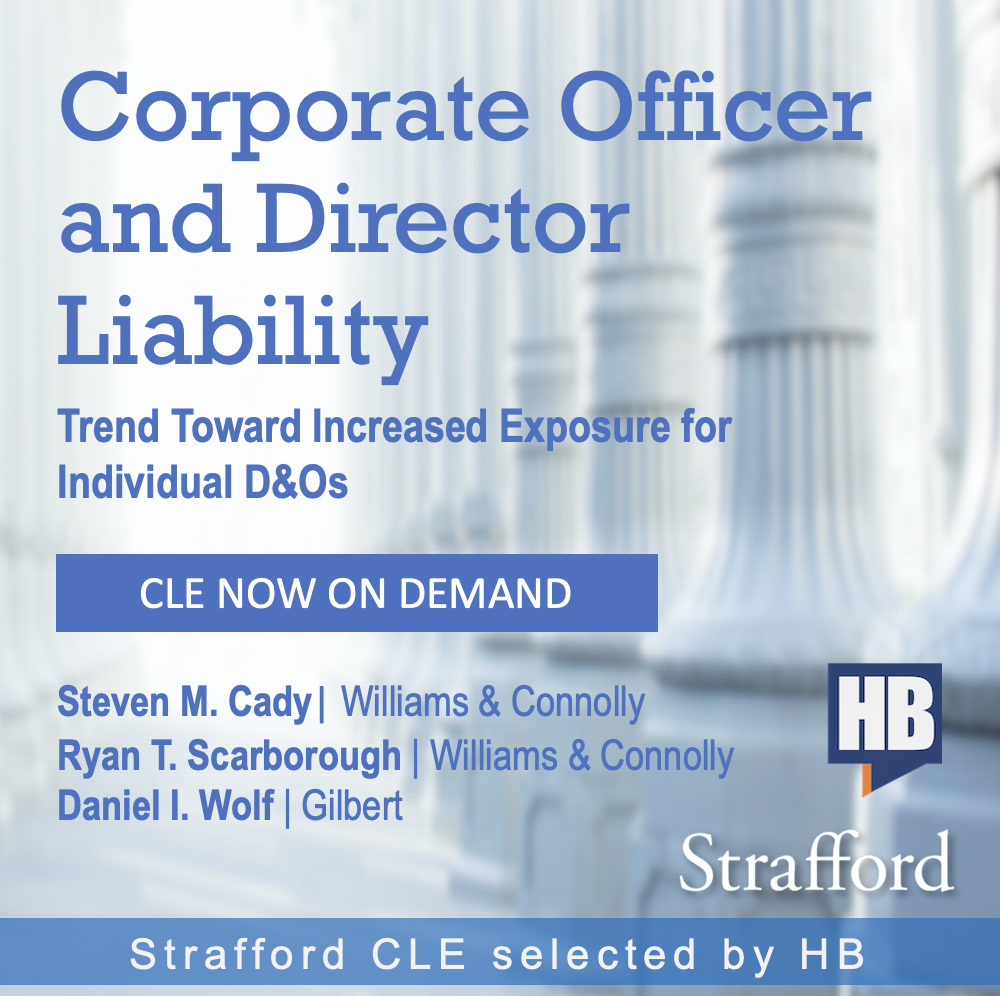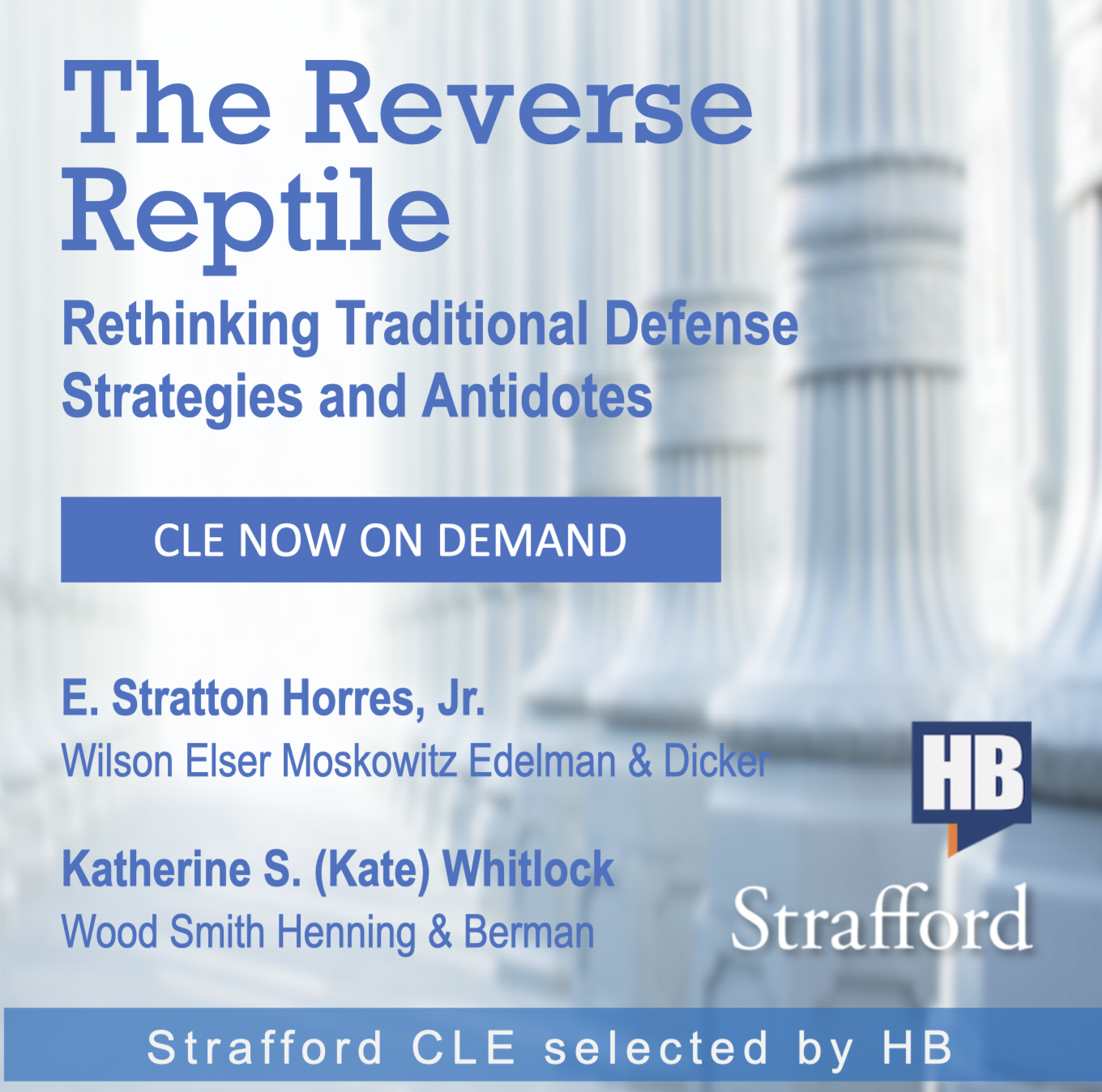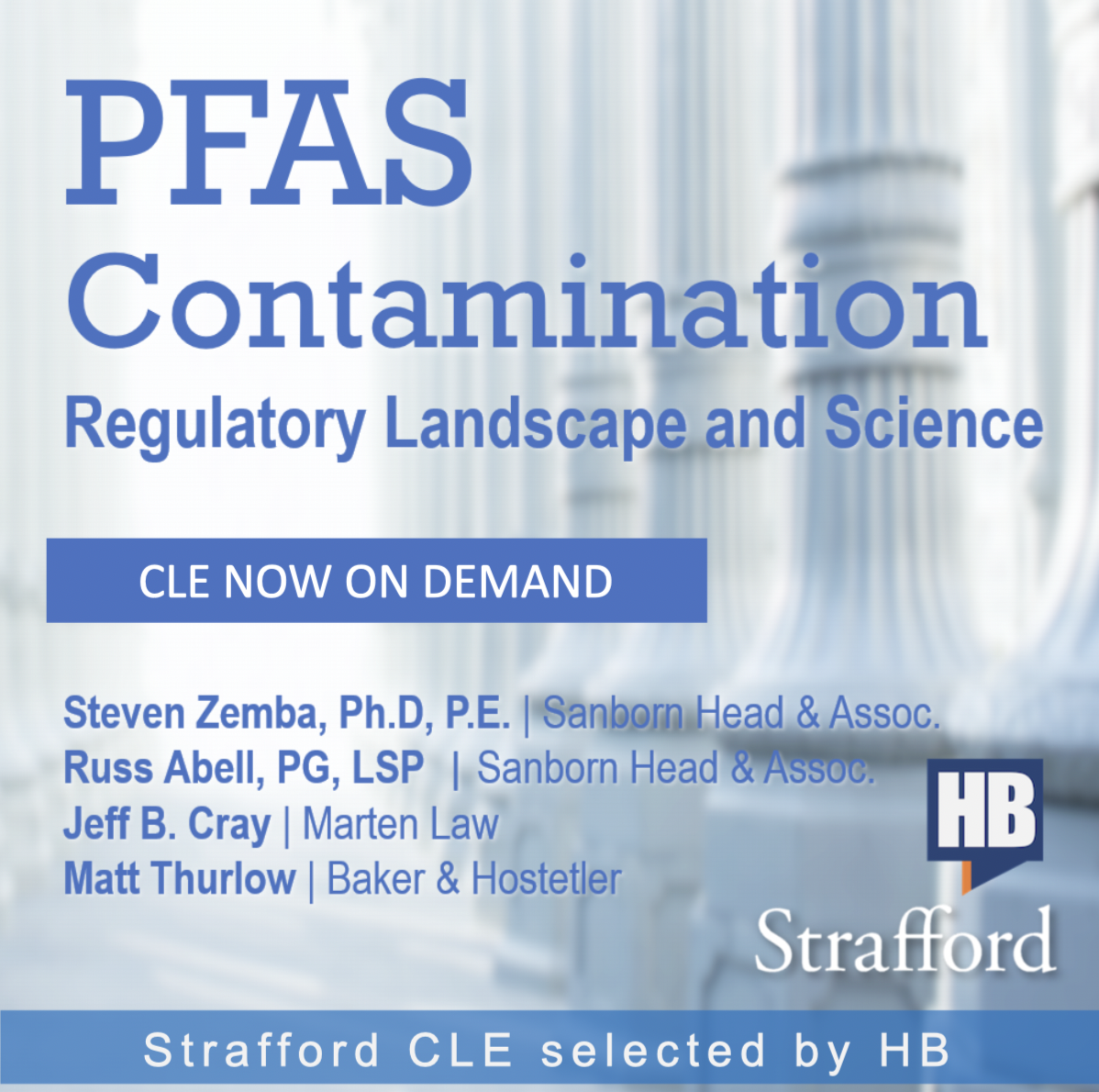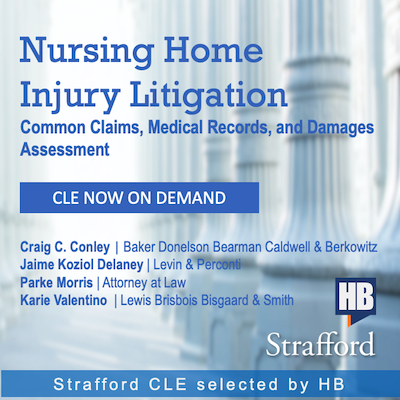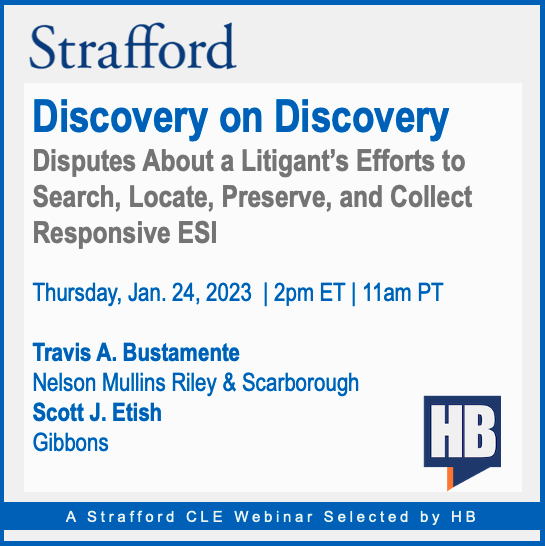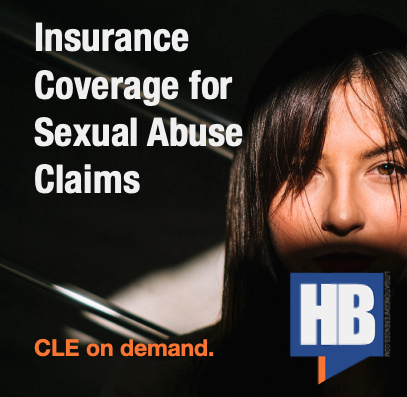Allocating CERCLA Liability: Divisibility or Section 113 Equitable Contribution
Allocating CERCLA Liability: Divisibility or Section 113 Equitable Contribution Assessing Harm, Proving Divisibility of Harm Defense Absent a Bright-Line Test, and Apportioning Costs The U.S. Supreme Court's decision in Burlington Northern & Santa Fe Railway Co. v. U.S. significantly changed the landscape for divisibility under CERCLA. However, there is no bright-line test for determining divisibility, and the courts have taken different approaches in evaluating this issue.In decisions involving the Fox River in Wisconsin and the Upper Columbia River in Washington state, as well as opinions from courts in Rhode Island and South Carolina, judges and parties have wrestled with the critical question for divisibility: is the harm "theoretically capable of apportionment"?If a court answers this question with a yes, the party seeking to limit its liability succeeds. If the answer is no, that party must try again under a much less favorable equitable allocation approach. These and other opinions addressing the divisibility/apportionment divide continue to guide courts, litigants, and pre-litigation parties as they attempt to settle or otherwise resolve responsibility at contaminated sites.Listen as our authoritative panel examines the statutory language and what the Burlington Northern decision and its progeny mean for divisibility. The panel will also review cases applying this problematic technical issue and offer practice pointers on which circumstances lend themselves to a divisibility defense and how to present it. Outline Divisibility defense [...]


